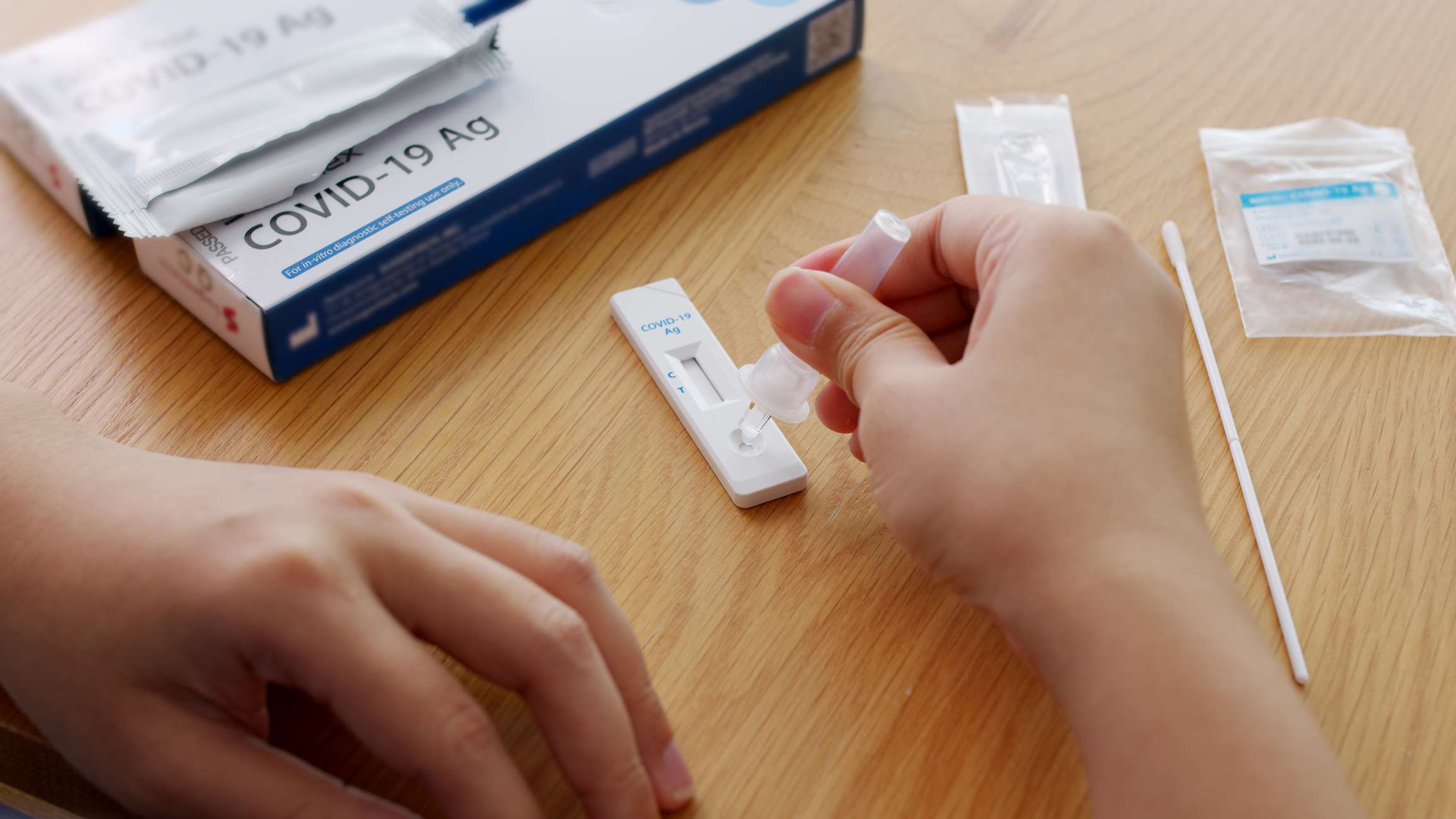As the COVID-19 pandemic evolved, the need for efficient and accurate testing methods remained crucial in controlling the spread of the virus. Two primary testing methods emerged as key players in this effort: rapid antigen tests and polymerase chain reaction (PCR) tests. In this article, we will explore the differences between these two testing methods, their respective advantages and disadvantages, and how they shaped the landscape of COVID-19 testing.
Rapid Antigen Tests: A Quick and Convenient Option
Rapid antigen tests were designed to detect specific proteins on the surface of the virus. These tests were known for their speed, providing results in as little as 15-30 minutes. This rapid turnaround time made rapid antigen tests a convenient option for quickly identifying COVID-19 cases, especially in settings where timely results were essential, such as airports, schools, and healthcare facilities.
GS Labs, a testing center in Omaha, offered rapid antigen tests as part of its testing services. The center used these tests to quickly screen individuals for COVID-19, allowing for rapid identification of cases and prompt isolation to prevent further transmission of the virus. The convenience and speed of rapid antigen tests made them a valuable tool in the fight against COVID-19, particularly in high-traffic settings where rapid testing was essential.
PCR Tests: The Gold Standard for COVID-19 Diagnosis
PCR tests, on the other hand, were considered the gold standard for COVID-19 diagnosis due to their high sensitivity and specificity. These tests worked by amplifying and detecting the virus’s genetic material, providing highly accurate results. While PCR tests typically took longer to process than rapid antigen tests, often requiring 24-48 hours for results, they were considered more reliable, especially in detecting asymptomatic cases or individuals with low viral loads.
GS Labs also offered PCR tests as part of its testing services, providing individuals with a reliable option for COVID-19 testing. The center used PCR tests to confirm positive rapid antigen test results and to provide more accurate results for individuals with suspected COVID-19. PCR tests played a critical role in identifying and isolating cases of COVID-19, helping to prevent further spread of the virus.
Advantages and Disadvantages of Rapid Antigen and PCR Tests
While both rapid antigen and PCR tests were valuable tools in the fight against COVID-19, they each had their advantages and disadvantages. Rapid antigen tests were quick and convenient, making them ideal for rapid screening and mass testing efforts. However, these tests were less sensitive than PCR tests and may have produced false-negative results, especially in individuals with low viral loads.
PCR tests, on the other hand, were highly sensitive and specific, providing accurate results even in asymptomatic individuals. However, PCR tests were more expensive and time-consuming than rapid antigen tests, and they may not have been suitable for rapid screening purposes. Additionally, PCR tests required specialized equipment and trained personnel to perform, which could have limited their availability in some settings.
Future Implications and Developments
Looking ahead, the landscape of COVID-19 testing continued to evolve, with ongoing developments and innovations in testing technology. One area of focus was the improvement of rapid antigen tests to enhance their sensitivity and reduce the risk of false-negative results. Researchers also explored the use of new testing methods, such as saliva-based tests, which offered a less invasive alternative to nasopharyngeal swabbing.
Additionally, advances in testing technology were expected to lead to the development of at-home testing kits that provided rapid and accurate results. These kits could empower individuals to test themselves regularly, helping to detect and isolate cases more quickly. Furthermore, the integration of digital health technologies, such as smartphone apps, could streamline the testing process and improve access to testing services.
The Role of Testing Centers in the Future
While at-home testing options and other innovations were promising, testing centers like GS Labs continued to play a crucial role in COVID-19 testing efforts. These centers provided essential services, such as confirmatory testing for positive rapid antigen tests and testing for individuals without access to at-home testing options. Additionally, testing centers played a vital role in public health efforts, providing data to inform decision-making and helping to track and contain outbreaks.
Conclusion
Both rapid antigen and PCR tests played essential roles in the fight against COVID-19, offering distinct advantages and disadvantages. Rapid antigen tests were quick and convenient, making them ideal for rapid screening and mass testing efforts. PCR tests, on the other hand, were highly sensitive and specific, providing accurate results even in asymptomatic individuals. By understanding the differences between these two testing methods, healthcare providers and public health officials could make informed decisions about the most appropriate testing strategies to control the spread of COVID-19.
